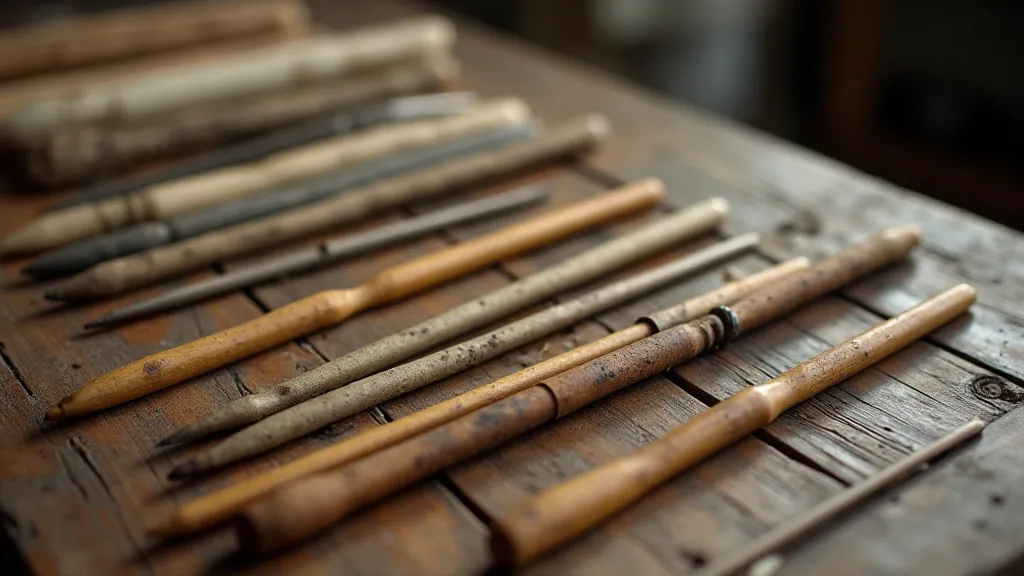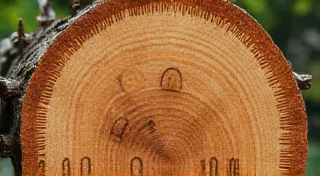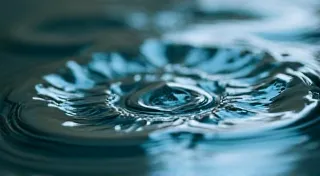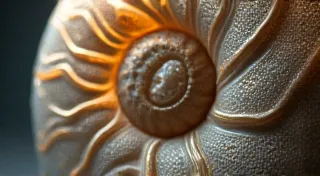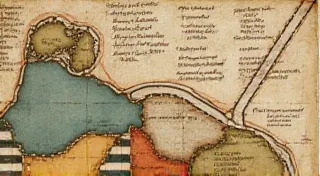Fractured Histories: Repairing and Restoring Antique Knitting Needles
There's a quiet poetry to antique knitting needles. They aren’t grand masterpieces displayed in gilded frames, but rather humble tools, worn smooth by countless hours of labor and creativity. Holding one in your hand, you can almost feel the ghost of the knitter who used it – a mother making socks for her children, a farmer knitting a warm blanket against a harsh winter, a young woman creating a cherished gift. These aren't just pieces of metal or bone; they are vessels of history, whispered tales of lives lived and traditions passed down. And when those needles are damaged, broken, or worn, it's a loss not just for the collector, but for the enduring narrative of craftsmanship and human ingenuity.
My own fascination began with a small box inherited from my grandmother. Inside, nestled among buttons and faded ribbons, were a pair of bone knitting needles, their tips worn almost to nothing. They weren’t perfectly preserved; a small chip marred one, and the other bore a hairline crack. I remember feeling a surge of sadness, a sense of loss for something I'd never known. But then, a different feeling took over: a desire to honor their history, to try and mend them, not to erase the signs of age, but to secure them for future generations.
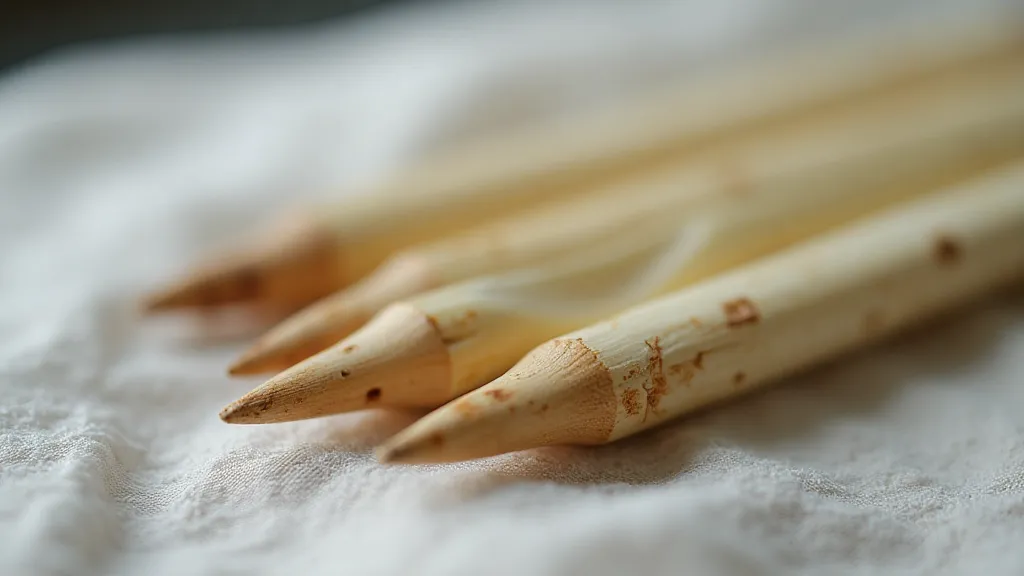
The Materials Speak: A Journey Through Knitting Needle History
Before even considering repair, understanding the materials is paramount. Early knitting needles weren’t mass-produced from uniform metals. They were crafted from what was readily available: whalebone (particularly baleen), animal horn, ivory, wood (boxwood, ebony, fruitwoods), and later, metals like iron, steel, and brass. The earliest documented needles, dating back to the 15th century, were often quite rudimentary – simple, pointed sticks. As knitting evolved, so did the needles, with improvements in shaping, tapering, and point design. French needles, for example, are known for their elegant curves and finely tapered points, a testament to the meticulous craftsmanship of the French knitting industry.
Whalebone needles, especially, have a distinctive feel. Their natural variations – the grain and density – make each needle unique. The warmth of bone feels vastly different from the cold precision of steel. Identifying the material is the first step in determining the appropriate restoration approach; what might be suitable for a brass needle could be disastrous for a delicate bone one. For instance, attempting to polish a whalebone needle aggressively could cause it to become brittle and crumble.
Assessing the Damage: More Than Meets the Eye
Antique knitting needles aren't just subject to physical wear and tear; they’re often victims of improper storage, humidity fluctuations, and the passage of time. Cracks, chips, breaks, and warping are common ailments. Sometimes, a seemingly minor chip can indicate a larger structural weakness within the material. Before attempting any repair, a thorough assessment is crucial. Gentle cleaning – a soft brush and distilled water are often sufficient – can reveal the full extent of the damage. Avoid harsh chemicals; they can strip away the natural oils and dull the surface.
A magnifying glass is an invaluable tool. It allows you to examine hairline cracks and assess the integrity of the material around damaged areas. Consider the needle's overall condition; if the damage is extensive and compromises the structural integrity beyond reasonable repair, it might be best to preserve it as a historical artifact rather than attempting a potentially destructive restoration.
The Art of Mending: Gentle Techniques for Preservation
The guiding principle for repairing antique knitting needles is minimal intervention. The goal isn't to make them look brand new, but to stabilize the damage and prevent further deterioration while respecting the needle’s historical character. Here are some commonly used techniques:
- Stabilizing Cracks: For hairline cracks in bone or ivory, a consolidant like Paraloid B-72 (applied in a suitable solvent) can be used. This consolidant penetrates the material, strengthening the weakened areas without altering the needle's appearance significantly. The application requires patience and careful control – multiple thin layers are preferable to a single thick coat.
- Repairing Chips: Filling chips in bone or ivory is a more challenging undertaking. A reversible adhesive and a carefully chosen filler material – often epoxy resin tinted to match the original color – can be used. The key is to blend the filler seamlessly with the surrounding material, paying close attention to the surface texture. A skilled restorer might use fine carving tools to mimic the natural grain of the material.
- Reattaching Broken Pieces: If a needle is broken into multiple pieces, careful reattachment is possible using a reversible adhesive. The broken surfaces should be cleaned thoroughly before applying the adhesive. Clamping the pieces together securely until the adhesive sets is crucial.
- Addressing Warping: Minor warping can sometimes be corrected by carefully applying gentle pressure and humidity control. However, significant warping is often irreversible and should be accepted as part of the needle’s history.
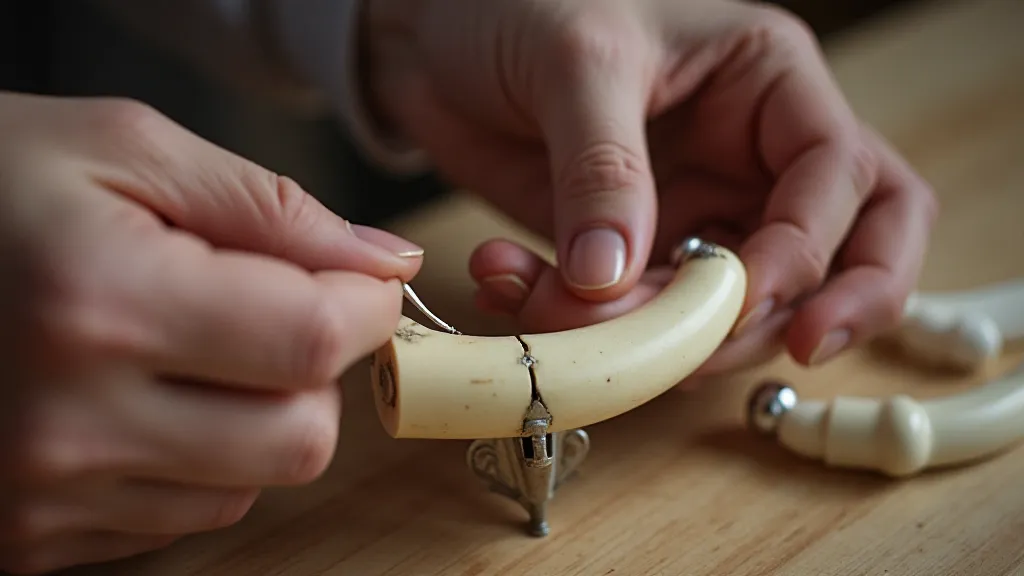
Respecting the Past: Embracing Imperfection
It’s tempting to strive for perfection, to erase all signs of age and wear. However, in the context of antique knitting needles, these imperfections are integral to their story. They are testament to the hands that held them, the projects they helped create, and the lives they touched. A chip in the tip might indicate that the needle was used for a particularly challenging project, while a worn groove could be a trace of countless stitches. These aren't flaws; they're evidence of a life well-lived—a needle's life, at least.
The true reward of repairing antique knitting needles isn't creating a flawless object, but preserving a fragment of history, honoring the craftsmanship of the past, and ensuring that these humble tools continue to inspire future generations of knitters. When you hold a mended needle, consider the hands that first shaped it, the stories it holds, and the legacy it represents. It's a connection to a past that is both tangible and profoundly moving.
